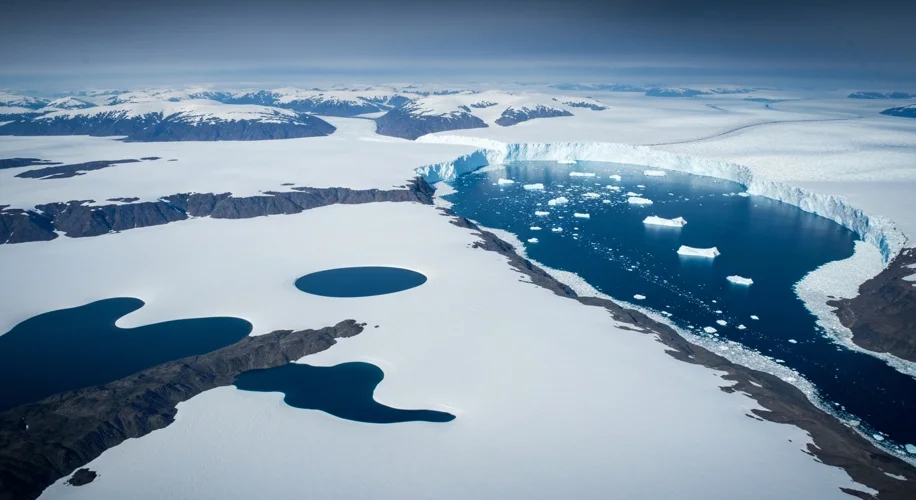As an atmospheric scientist, I often find myself diving into complex data and climate models. But today, I want to talk about something tangible, something that directly impacts our coastlines and our future: Greenland’s ice sheet. When we talk about climate change, the melting of ice in places like Greenland is a critical piece of the puzzle.
Did you know that Greenland holds enough ice to raise global sea levels by about 24 feet (7.4 meters)? That’s a staggering amount, and even small changes in its stability can have significant consequences for coastal communities worldwide. The Arctic, where Greenland is located, is warming much faster than the global average – a phenomenon known as Arctic amplification. This means that the impacts of rising global temperatures are amplified in this sensitive region.
So, how sensitive is this massive ice sheet to our warming world? The science tells us it’s quite sensitive. Scientists use a combination of satellite observations, on-the-ground measurements, and sophisticated computer models to track the ice sheet’s behavior. These tools allow us to monitor changes in its mass, its surface melt, and the speed at which its glaciers are flowing into the ocean.
What are we seeing?
- Accelerated Melting: Satellite data from NASA and other agencies has shown a clear trend of increased surface melt over Greenland in recent decades. Warmer air temperatures are causing more ice to melt from the surface, and this meltwater can then percolate down, lubricating the ice sheet’s base and potentially speeding up its flow.
- Glacier Retreat: Many of Greenland’s outlet glaciers, which act like rivers of ice flowing from the main ice sheet to the sea, are retreating and thinning. This is particularly true for glaciers in warmer coastal areas.
- Ice Loss: Overall, Greenland is losing mass. While the rate can fluctuate year-to-year, the long-term trend is one of significant ice loss, contributing to global sea-level rise. Studies have indicated that Greenland’s ice loss has increased substantially since the early 2000s.
Why does this matter to us, even if we don’t live near Greenland?
Every bit of ice that melts from Greenland adds to the volume of water in our oceans, causing sea levels to rise. This rise can lead to increased coastal flooding, erosion, and saltwater intrusion into freshwater supplies, impacting millions of people, especially in low-lying areas. For Black communities and other marginalized groups, who often live in more vulnerable coastal regions and have fewer resources to adapt, these impacts can exacerbate existing inequalities.
Understanding the sensitivity of Greenland’s ice isn’t just an academic exercise. It’s about understanding the real-world consequences of our changing climate and the urgency needed to address it. The data is clear: the ice is responding to a warming world, and its response has far-reaching implications for us all. It’s why I’m so passionate about studying our planet and finding ways to protect it.

